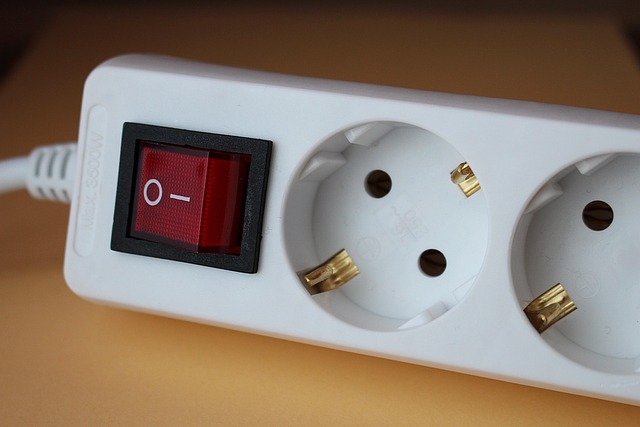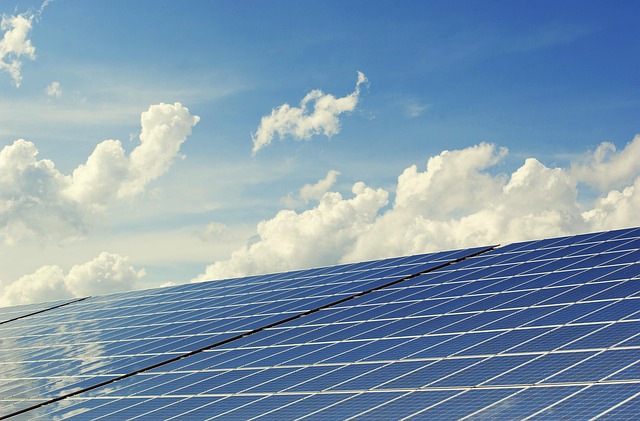Empowering Rural Communities: The Future of Sustainable Electric Power Distribution
In today’s rapidly changing world, the conversation around electric power distribution often focuses on urban centers, where technology and infrastructure thrive. However, rural communities are at the heart of sustainability efforts and have immense potential for growth and development, especially when it comes to energy. By prioritizing sustainable practices in electric power distribution, we can foster resilience and empowerment in these often-overlooked areas.
Transport Sustainability: Bridging the Gap
One of the primary challenges facing rural communities is the lack of reliable transport infrastructure. Without efficient transportation, accessing renewable energy sources becomes difficult. However, innovative solutions are emerging to address this issue. Electric vehicles (EVs) powered by clean energy can serve as a means of transport that not only reduces emissions but also enhances connectivity among rural regions.
Imagine a network of electric buses and community shuttles that run on renewable energy sources, such as solar or wind. These vehicles could offer reliable transportation for residents, enabling them to access markets, healthcare, and education. The integration of sustainable transport with electric power distribution can lead to enhanced mobility and economic opportunities for rural populations.
Rural Development: A Pathway to Energy Independence
Empowering rural communities through electric power distribution is not just about providing energy; it’s about enabling self-sufficiency. By investing in localized energy solutions, such as solar microgrids and community wind farms, rural areas can harness their natural resources to create sustainable energy systems. This not only reduces dependency on centralized power grids but also supports local economies.
Furthermore, decentralized electric power distribution allows communities to engage in energy generation actively, creating job opportunities and fostering local entrepreneurship. As rural populations become more involved in energy production, they gain a sense of ownership and pride in their resources, enhancing community bonds and promoting sustainable practices.
Innovative Solutions for Sustainable Power Distribution
Recent advancements in technology are paving the way for innovative solutions in electric power distribution. Smart grid technologies, for instance, allow for real-time monitoring of energy consumption and distribution. These tools can help rural communities manage their resources more efficiently, reducing waste and ensuring that energy is available when and where it’s needed.
Additionally, the rise of battery storage solutions means that communities can store excess energy generated during peak production times for use during periods of high demand. This not only enhances energy reliability but also maximizes the use of renewable energy, further reducing reliance on fossil fuels.
Community Engagement: The Heart of Rural Energy Initiatives
For sustainable electric power distribution to thrive in rural areas, community engagement is essential. Local stakeholders must be involved in the decision-making process, ensuring that the energy solutions provided meet the unique needs of each community. Educational programs can also play a crucial role in raising awareness about the importance of sustainability and the benefits of renewable energy.
By fostering a culture of collaboration and knowledge-sharing, rural communities can develop a strong foundation for sustained growth and empowerment. This approach not only supports local economies but also contributes to a healthier environment, creating a vibrant future for generations to come.
The future of electric power distribution lies in the balance between technological innovation and community empowerment. By investing in sustainable practices and fostering engagement, we can create a brighter, more sustainable future for rural communities worldwide.




